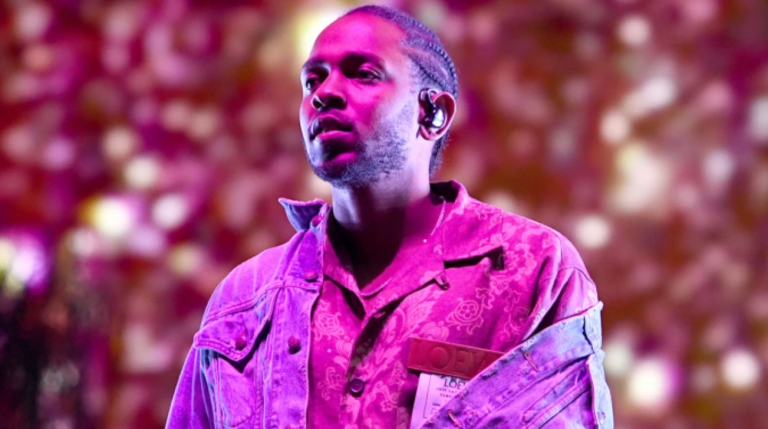Kendrick Lamar’s “The Heart Part 5” music video pushes copyright consent. Lamar uses deep fake technology to superimpose life-like images of Will Smith, Jussie Smollett, O.J. Simpson, Kobe Bryant, and Nipsey Hussle. The copyright concern is questioning if the other celebrities whose faces and voices were manipulated to take over Lamar’s face. Copyright laws do not currently restrict deepfakes
“Deepfakes likely fall under copyright infringement’s “fair use” exception. The doctrine allows for unlicensed use of copyrighted works under limited circumstances, like comments, criticism, and news reporting. Four factors determine whether a work qualifies: (1) purpose and character of the use, (2) nature of the copyrighted work, (3) amount and substantiality of the portion taken, and (4) effect of the use upon the potential market. The first factor extends protection for works of “transformative use,” defined as when the purpose of a copyrighted work is altered to create something with a new meaning or message.”
“Looking at it from the perspective of how [the deepfake] was used in the creative process, you have to focus on the meaning and message that the resulting use ends up communicating,” says copyright attorney Aaron Moss, chair of Greenberg Glusker’s litigation department.
Lamar says “The Heart Part 5” is about perspective. He opens with the line, “As I get a little older, I realize life is perspective/And my perspective may differ from yours.” From there, he uses transformations enabled by deepfakes to talk about various issues from the people’s viewpoints he morphs into.
Copyright attorney Alan Friedman, a partner at Fox Rothschild, says “deepfakes in the video appear “highly transformative” and that “fair use would be a strong defense to a copyright challenge.”
Since copyright laws don’t account for intent, they also protect malicious content like parodies, which Lamar’s video could be categorized under and has been deemed transformative.”
“If you’re using 2,000 different images of Kobe to train a neural network, to say ‘I took that one and I have a copyright interest’ is difficult if not impossible,” Moss says. “You can have copyrights to photos but not your likeness. You can have copyrights to soundbites but not your voice.”
– Excerpt from an article for The Hollywood Reporter by Winston Cho. Read the full article here.
___________________________________________________________________
Disclaimer: Please note that the information contained within this news post and site is offered simply as a consideration to visitors who are in the entertainment industry and are seeking to learn more about various areas of entertainment, be it in film, movies, television, music, digital, new media, film financing, merchandising and/or branding. As such, the information so provided should never be construed as legal advice. If you need further assistance or legal advice for your specific matter, please do not hesitate in contacting an entertainment attorney (film, music, digital, licensing, financing) here in Los Angeles, California at The Hollywood Lawyer by(1) emailing us at info@hollywoodlawyer.com; (2) calling us at (323) 300-4184; or (3) filling out our online form. thehollywoodlawyer.com





